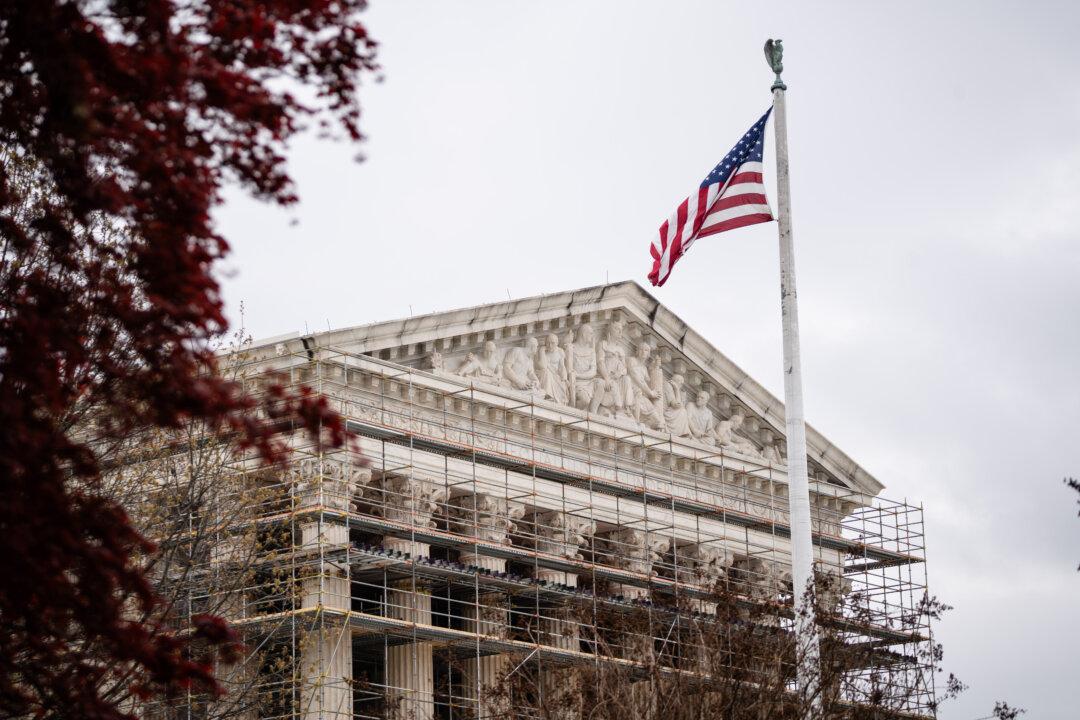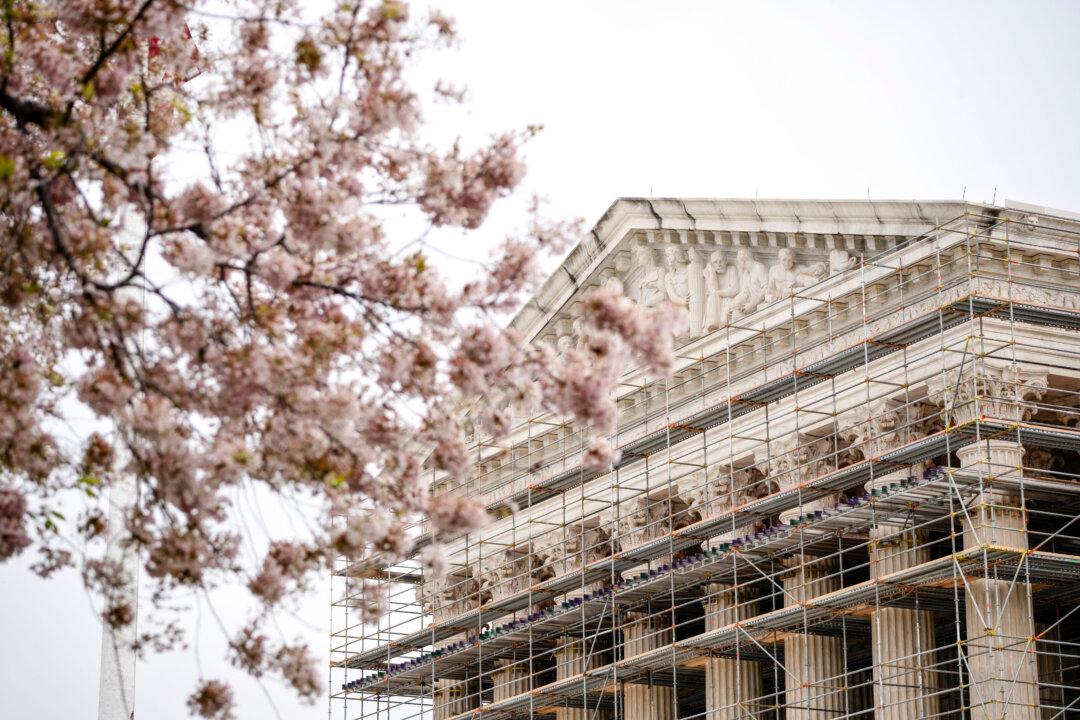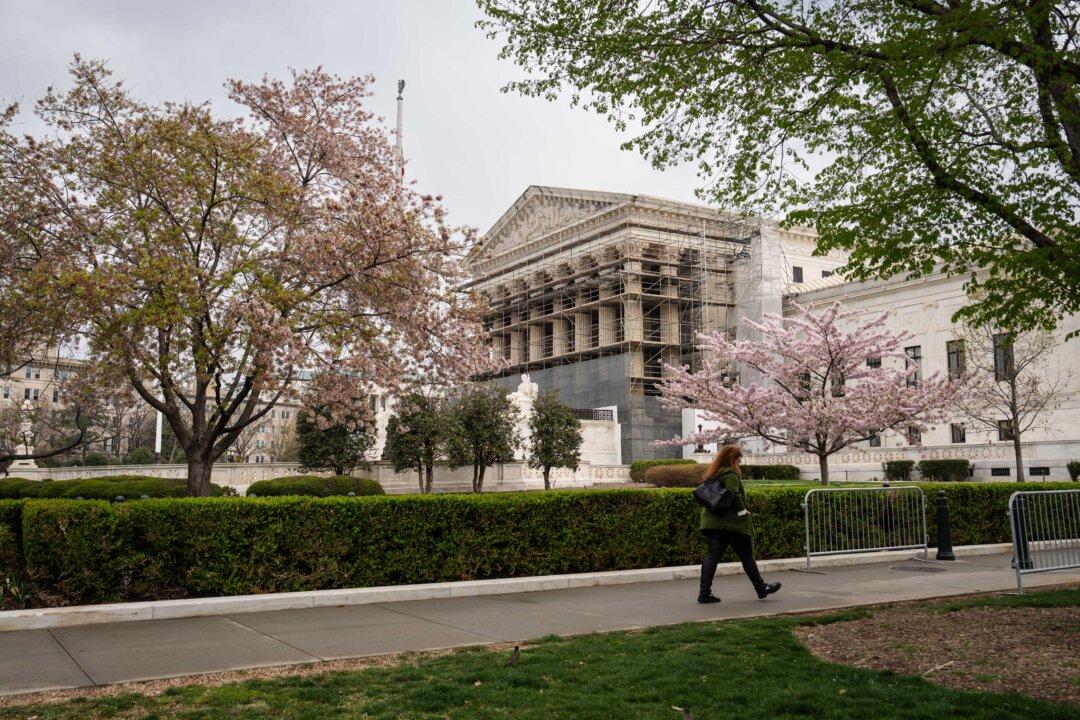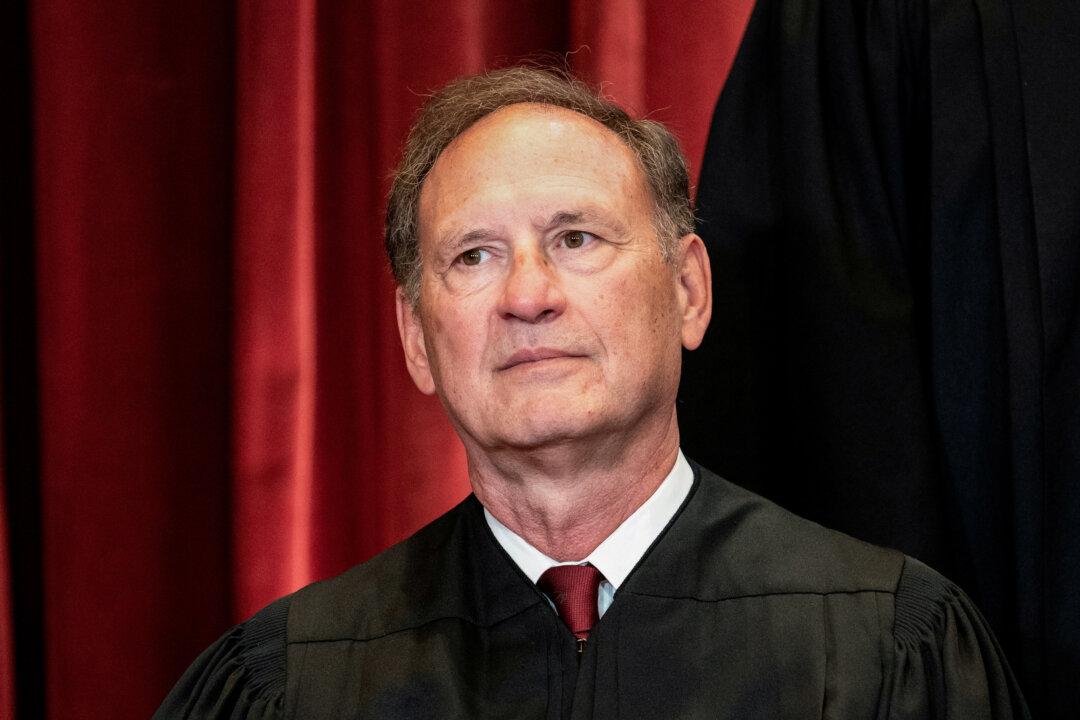With cities under brutal, sustained assault by seemingly well-organized rioters from coast to coast, President Donald Trump tried to reassure the nation when he recently vowed to designate Antifa as a terrorist organization.
Antifa is in the news nowadays because it, along with radical organizations such as Democratic Socialists of America and the various groups falling under the Black Lives Matter umbrella, seized on a recent example of police brutality that sickened Americans of all political and ideological stripes.
The catalyst for action was the May 25 death of George Floyd, a black man who died after then-Minneapolis police officer Derek Chauvin pressed his knee into the suspect’s neck for almost 9 minutes as he lay handcuffed on the ground. Video of the incident quickly went viral and became a recruiting tool for left-wing agitators.
In a major address to the American people on June 1, Trump highlighted Antifa’s role in the violence that has plagued the nation since Floyd’s death.
“Our nation has been gripped by professional anarchists, violent mobs, arsonists, looters, criminals, rioters, Antifa, and others,” he said.
“All Americans were rightly sickened and revolted by the brutal death of George Floyd. … But we cannot allow the righteous cries of peaceful protesters to be drowned out by an angry mob.”
The violent events taking place “are not acts of peaceful protest,” Trump said.
Revolutionary Violence
The word Antifa is a truncated form of anti-fascist.Antifa uses heavy-handed tactics and is notorious for physically assaulting conservatives, Republicans, and those who identify with the so-called alt-right. These violent modern-day agitators trace their roots to Weimar Germany, where their forerunners assaulted Nazi brownshirts and emulated their tactic of using force to silence political rivals. They typically smear their victims as fascists, Nazis, and racists.
Former German Antifa member Bernd Langer, confirmed this, saying communists in Germany use the phrase “anti-fascism” to mean “anti-capitalism.” These labels are “battle concepts” that are part of a “political vocabulary.”
Law-and-order advocates have long sought a government crackdown on Antifa, which has traditionally been thought of as a leaderless, decentralized coalition of far-left groups, the component parts of which are themselves often organized on an ad hoc basis.
Not surprisingly, Antifa sympathizer and academic Mark Bray, author of “Antifa: The Anti-Fascist Handbook,” has a more nuanced, positive view of Antifa.
“Some antifa groups are more Marxist while others are more anarchist or antiauthoritarian,” he writes in his book. “A range of tendencies exist within that broader strategic consensus … Some antifa focus on building popular community power and inoculating society to fascism through promoting their leftist political vision.”
Antifa is more properly viewed as a revolutionary militia movement, many of whose constituent groups aspire to forcibly overthrow the United States government. At rallies they chant, “No borders, no wall, no USA at all.” Some Antifa activists have specific ideas about what might replace it; others don’t and are more nihilistic and short-term in their thinking.
Evidence of Organization
Antifa behavior certainly doesn’t resemble traditional political activism. It has more of a militant, even military, feel to it.There are reports of outsiders being shipped in to cause trouble in various cities now experiencing riots.
“We do have anti-fascists, we have some anarchists, to a large degree, but there’s people from outside of this state and outside of this area that we know that are involved and we’re doing our best to identify them and backtracking what their affiliations are,” Smith said.
Events in riot-torn cities suggest there is organization behind the chaos, with Antifa a likely organizer.
For example, the Kansas City police department tweeted May 31 that “stashes of bricks and rocks” have been found “to be used during a riot.”
John Harrington, Minnesota public safety commissioner, said police have been finding stolen cars with license plates removed that have been used to carry the flammable materials, as well as looted goods and weapons.
“The fact that we’ve seen so many of them in so many places now makes us believe that this is part of that pattern that shows that this in fact an organized activity and not some random act of rage,” he said.
Tactics
The sartorial tactic of dressing entirely in black, including covering one’s face, is popular in Antifa circles. It is known as the “black bloc” style of activism or direct-action protest. The thinking is that this manner of dress creates a sense of group solidarity, in addition to making criminal prosecution difficult.The approach comes from Antifa in Germany, Bray writes in his book.
Activists are “dressed in black with their faces covered by motorcycle helmets, balaclavas, or other masks to create a uniform, anonymous mass of revolutionaries prepared to carry out militant actions, sometimes involving weapons such as flagpoles, clubs, projectiles, and Molotov cocktails.”
Journalist Andy Ngo, like Posobiec, has been assaulted by Antifa.
Antifa members “all want radical change, and they don’t really see how easy and quickly you could destroy what’s taken centuries to build up,” said Ngo, whose parents escaped communist Vietnam in the 1970s.
Antifa are “‘horizontally’ organized, meaning, they don’t have figureheads or leaders. It’s part of their ideology that there should be no authority or state. Mistake to then assume this means they have no organization. It’s a different type of organizing media isn’t used to[,]” Ngo tweeted June 1.
“Antifa are organized in multiple units. Scouts monitor perimeter of an area & provide live audio/text updates. There are street medics, who are trained to get injured comrades out. And there are those who carry out violence w/weapons & firebombs. They use [encrypted smartphone app] Signal to communicate.”
Antifa does more than attack people and institutions, according to Bray.
New Prominence
Although Antifa long antedates the Trump administration, it has gained new prominence in the United States in the post-Obama era. Its members did what they could to disrupt the inauguration of President Trump in January 2017, damaging property and setting fires in the nation’s capital, and they have been generating mayhem across the country ever since.As Peter Beinart observed in Atlantic magazine in 2017, Antifa is responsible for “a level of sustained political street warfare not seen in the U.S. since the 1960s.”
“In the United States, most [Antifa groups] have been anarchist or antiauthoritarian since the emergence of modern antifa under the name Anti-Racist Action (ARA) in the late eighties,” author Bray writes.
The implication is that the revolutionary activists eventually decided that anti-fascism was more marketable than anti-racism, and the movement rebranded itself in this country as Antifa.
Although true textbook fascists who adhere to the belief systems of a Benito Mussolini, Adolph Hitler, or Francisco Franco are fairly hard to find in today’s America, Antifa manages to locate them—by inventing them.
Funding
Determining who funds Antifa is difficult, but some things are known.Left-wing billionaire George Soros has ties to Antifa through a group called the Alliance for Global Justice (AfGJ). Soros’s philanthropy, known at the time as the Open Society Institute, has donated $100,000 to AfGJ since 2004.
AfGJ, in turn, funneled $50,000 to Refuse Fascism, an unincorporated Antifa group.
Refuse Fascism was formed soon after Donald Trump’s unexpected victory over Hillary Clinton in the 2016 presidential election. The group summed up its mission on its website: “It’s Fascism: Drive Out the Trump/Pence Regime!”
Refuse Fascism participated in rioting on Feb. 1, 2017, at the University of California, Berkeley, as part of what is called a “deplatforming” action. The objective, which was achieved, was to prevent controversial conservative writer Milo Yiannopoulos from delivering a speech on campus. The rioting caused more than $500,000 in damage.
It could be that funding is less important to Antifa than to traditional political movements.
Maybe generating chaos in the service of revolutionary change is less expensive than some think.





